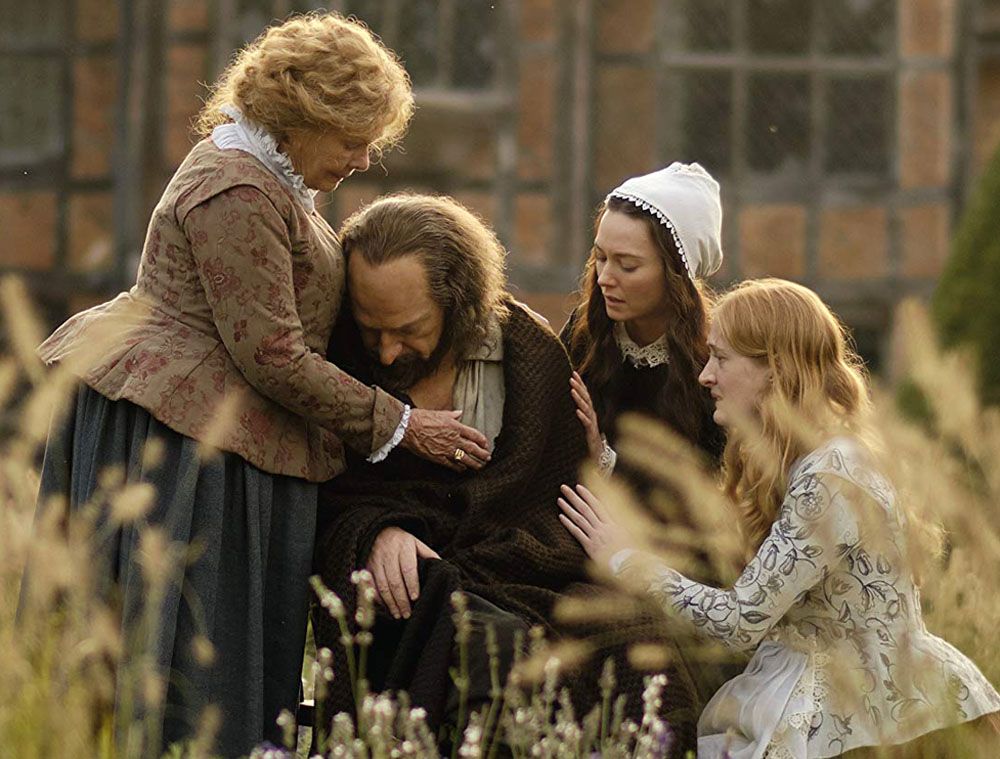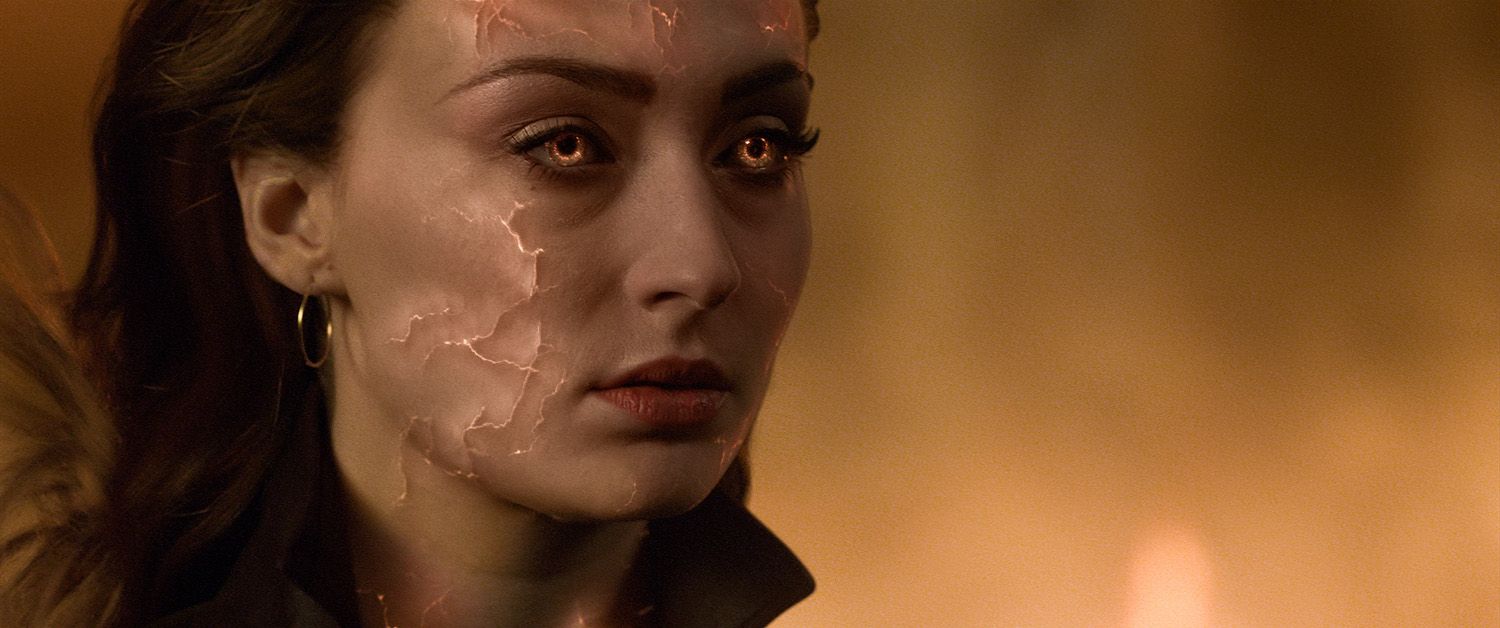Once more we’re taken into the world of toys that come to life when we’re not looking, a vantage point we’re granted through the eyes of Woody the cowboy doll (Tom Hanks), Buzz Lightyear the spaceman (Tim Allen), and friends (like Joan Cusack’s cowgirl, John Ratzenberger’s piggy bank, and Wallace Shawn’s dinosaur) now living in the little girl Bonnie’s room after original owner Andy passed them on in the last film’s tearfully bittersweet final moments. These toys’ evolving relationship to their boy formed the original’s bolt of high concept invention into a trilogy about growing older and putting aside childish things — a bold (or something like it) gambit for a franchise built, at least in part, on branding and merchandising. And yet there was a sense of completeness there; one can enjoy the idea of these toys, even forming deep attachments to them, while growing up and moving on. It could’ve stayed that way.
Still, Pixar has spent the past decade reviving their old hits in sequel after sequel to great financial gain and fair to good artistic success. They’ve stepped away from the surprising emotional throughlines and vivid imagination to retread and doodle in the margins—a creeping sense of "been there done that," whether retrofitting a clever prequel (Monsters University) or retelling a previous film’s character arc with a new lead (Cars 3, Finding Dory). (Only Incredibles 2’s slam-bang comic book second issue escaped this inessential feeling.) Yet even when the movies are good, as they mostly are, they have a ceiling the company doesn’t when they instead are heading off with a clear fresh purpose and emotional high concept hook — hence Inside Out, The Good Dinosaur, and Coco shine with the best of them. Alas, the feeling of constraint is the case here. The fourth toy story opens up a tightly closed loop and dangles more adventure and more emotive experiences. We didn’t need it, and it’s never as transportive or original, but it’s loose, clever, and fine.
The filmmakers are evolving the theme of growing older by making Woody an empty nester of sorts, relegated to the back of the closet gathering dust bunnies since Bonnie rarely plays with him. Besides, loyalty and love for a new generation aside, his kid was Andy. With him off to college, Woody is feeling without purpose. Good thing he must jump into action for the typical lost toy plotting, running hither and yon to save the girl’s missing craft project (googly-eyed Forky (Tony Hale) who steals every scene until fading into the background) who is being left behind at a vacation stop. It’s all high-spirited and well intentioned, if a little undercooked, a gripping enough chase with a blessedly kind heart and gentle spirit with some chills, spills, and giggles. (Also charming are new characters like a plush bunny and ducky (Key and Peele) and a Canadian daredevil action figure (Keanu Reeves) who get more screentime than some old favorites.) It's more of the same, visually more expansive, smaller in scope, and, though I'm unconvinced it builds a persuasive case for its conclusion, a fine entertainment. Where the picture really soars is the beautifully sincere performances, and in the stunningly beautiful animation. I may not have been as entirely involved in the story as in the early entries, or found the motivation as convincing, but I definitely did sit dazzled at the best-in-the-business CG animation. The light scatters through glass and twinkles in carnival colors off shiny porcelain. You can count the divots and scratches, the wear and tear, in every surface. Movement is mesmerizingly rendered—a stiff snap of a plastic hinge; a loose limping flop of a puppet’s legs; a weird wobble of a pipe cleaner arm that looks like the real deal in close up. It’s a dazzlement. The film is a heartfelt and enjoyable experience technically expertly assembled. If we had to have another one of these, they could’ve done much worse. But now I can’t wait for Pixar to put its exceptional technical achievements into a new Toy Story instead of another Toy Story.



